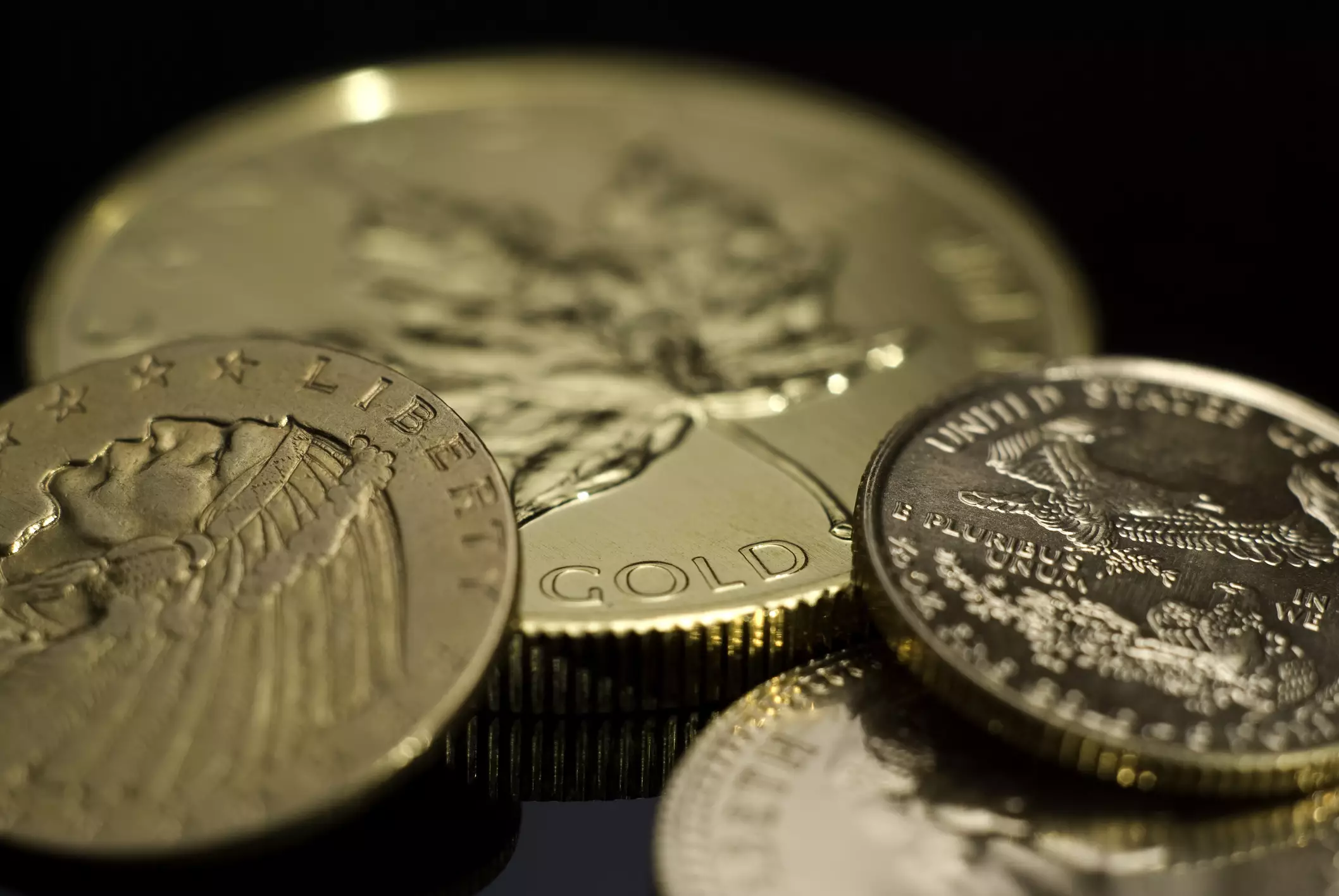Recent developments in the global economic landscape have triggered a notable surge in gold prices, reflecting an increased demand for safe-haven assets amid looming fears of escalating tariffs. As the market braces for possible announcements from the Trump administration regarding tariffs on trading partners, investors are responding with urgency, driving XAU/USD to new heights. However, the question looms: Is this a genuine indicator of value, or merely a speculative bubble ready to burst?
The phrase “buy the rumor, sell the fact” rings particularly true in these turbulent times. Speculation surrounding tariff measures has sparked a frenzy amongst traders, pushing gold prices upwards. Analysts emphasize that while investor sentiment tends to fluctuate with news cycles, the actual implementation of tariffs may present results far different from current market expectations. Historically, economic policies touted in press conferences have often faced significant deviations when put into practice, leading to unforeseen shifts in market direction.
Concerns Over Economic Stability
The sentiment among economists is far from optimistic; a palpable tension grips the market as fears of a potential recession grow stronger. Recent analyses from banks like Goldman Sachs suggest a grim outlook, estimating a 35% probability of recession—up from 20% just months prior—largely attributed to the uncertainties surrounding trade policies. As tariffs are projected to affect all trading partners with reciprocal charges of 15%, the implications for the U.S. economy are staggering.
Inflation pressures have made the Federal Reserve’s task of managing interest rates even more complicated. The latest economic data indicates higher-than-expected core inflation rates alongside disappointing consumer spending figures. This combination amplifies fears that tariffs could stifle growth and dampen consumer confidence while simultaneously complicating monetary policy decisions.
Gold as a Safe Haven: A Volatile Landscape
In the midst of this uncertainty, gold has maintained its status as a safe haven for investors. Historically, during periods of economic instability, demand for gold rises as individuals and institutions seek to safeguard their assets. The recent spike in prices reveals that investors are responding to both immediate tariffs discussions and broader economic signals.
However, trends suggest that this momentum might be short-lived. In instances where markets rally based on speculation, substantial volatility often follows once the anticipated news breaks. Gold’s ascent beyond the $3,000/oz mark raises questions regarding its sustainability. Will traders capitalize on potential dips if the actual tariff measures deviate from the forecasts currently priced in?
Technical Analysis Signals Mixed Messages
From a technical analysis perspective, gold’s trajectory sees immediate resistance at notable levels such as $3,125. Prices have recently approached this ceiling, and the market watches closely for cues on whether a break above could propel even higher. Support levels identified below—around $3,100 and further at $3,083—may act as pivotal points where buying interest could emerge.
Yet, caution is warranted. Traders should be wary of over-reaching; the fluctuations expected in the upcoming week could lead to significant price swings in both directions. Market sentiment can quickly shift, especially with the backdrop of political news and economic data releases.
The Path Ahead: Caution and Watchfulness
As the market navigates this week, characterized by tariff discussions and their repercussions, the gold market stands at a crossroads. Investors must confront the dichotomy between current bullish sentiment fueled by uncertainty and the potential for rapid decline should anticipations fail to materialize as expected.
As tariffs loom larger on the horizon and economic forecasts paint a cautious picture, the allure of gold shines bright but hazy. History reminds us that while gold shines in turbulent times, it is the underlying economic realities that will ultimately dictate its value long-term. Keeping an eye on both political developments and core economic indicators will be crucial for traders seeking to navigate this complex landscape effectively.

